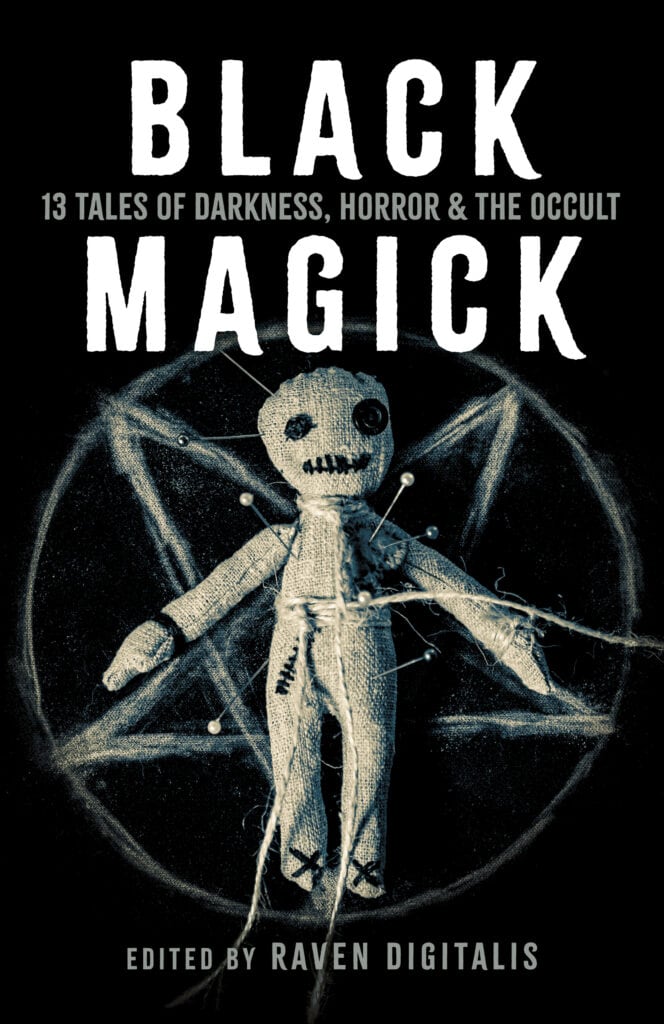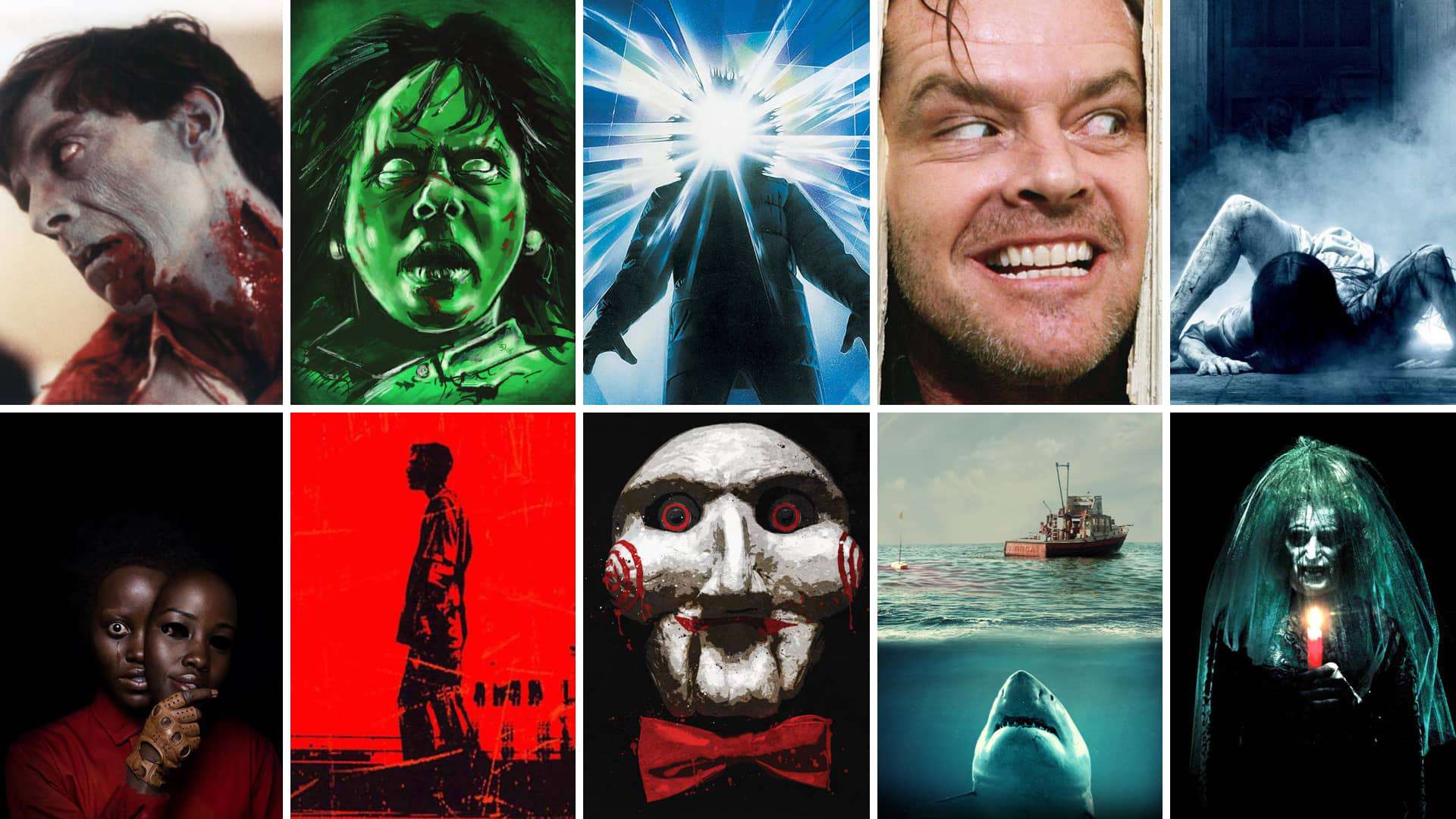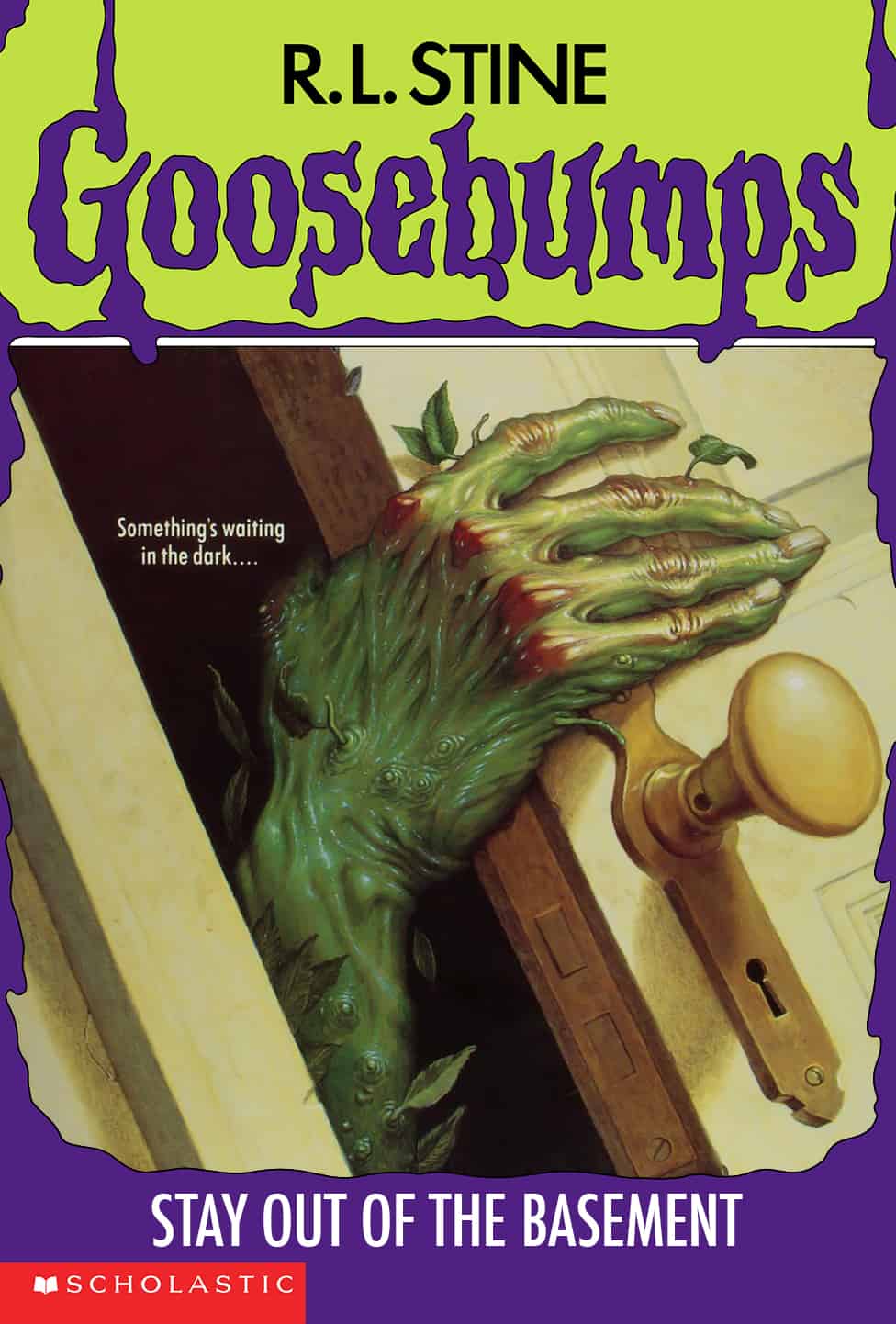What do you think of when you hear the word “Horror”? Is it some phantasmic image, a ghost from a frozen graveyard? A monster living in your son’s bedroom closet? Maybe the horror is a murderous wife, implicated in four unsolved homicides involving her late husbands. Horror could be a person. It could be a monster. When I think about horror, honestly my first thought is horror movies, because I love them so much.
Horror movies can actually be quite cathartic. We sit at home, usually, in front of our TVs or laptops, streaming away. You are safe. You cannot be harmed. You turn on The Blair Witch Project, or maybe The Exorcist, and you prepare to be scared out of your wits. By being scared, we activate that fight or flight response. If you see a big spider near your arm, the same thing happens. Will you fight, or run away? In my case, I would run, because spiders are terrifying. Anyway, when we watch horror movies, we engage that scared feeling every time the music stops or builds to a crescendo. Every jump scare, we jump too. Or, if you’re a hardened, seasoned horror buff, maybe you don’t jump. But by being scared, or creeped out, we have a lingering feeling of terror from watching the movie, especially psychological horror. You aren’t really being hunted by Ghostface, but you feel like you could be. The horror is palpable. Really good horror films make you feel like you’re in them, like you’re right there alongside the characters. Also, good horror is plausible. It could actually happen. And given the devious and destructive nature of man, you could be next. Or not.
So, here are some Frequently Asked Questions that you might have wondered about. I know I have! Leave any questions in the comment box under this post (be sure to click on the post title), and I will try to answer them.
1) Why should I watch horror movies?
I feel that anyone should watch a scary movie, especially if you like roller coasters. Horror movies are like that; the feeling you get at the top of the big hill, just before you drop 50, 60, 70 feet or more down it, your stomach suddenly in your throat. Horror is a unique way to see into the mind of all sorts of people: the directors, the actors, the cinematographers etc. With each shot, each scene, they evoke a visceral response from viewers. Other kinds of movies just don’t do that in quite the same way. They make great date nights, too. It’s raining outside, the pizza is delivered fresh and hot, and your significant other suggests a movie. Make it a horror movie, and you won’t be disappointed. Trust me, I’m a professional horror-watcher.
2) What’s the appeal of horror movies?
Horror movies are a unique cinematic experience, with a vast history of some truly epic filmmakers and writers. Steven Spielberg’s Jaws terrified audiences in 1975. (Spoiler) The scary part was that you couldn’t see the shark until nearly the end of the movie. The terror was there, underneath you in the water. Child’s Play (1988) played with the idea of a young boy’s Good Guy Doll coming to life, and a serial killer’s soul inhabits it. The Blair Witch Project (1999) was the first entry into the now-famous horror genre of Found Footage movies (though some might say there are earlier precedents). Found footage is any film shot with a handheld video camera, or in the case of Blair Witch, a supposed “found footage” – literally the footage was recovered after the people seen in the movie disappeared. Blair Witch had an absolutely amazing marketing scheme, and people were terrified to see the film. The movie might have actually happened. This idea is very scary, indeed. It’s easy to get lost in the film history of horror, something I will certainly delve deeper into in forthcoming posts.
3) What are some classic horror movies I need to watch?
Some of the classic movies include:
Nosferatu (1922) – Nosferatu was quite the undertaking back in the day, with filming delays, budget concerns, and the like. Supposedly, the actor playing Nosferatu (the Vampire), Max Shreck, was notoriously difficult to work with. One of the canonical movies for any horror buff. One of the first of its kind.
Dracula (1931) – Based on the 1897 novel of the same name, Dracula starred Bela Lugosi as the dark and mysterious Count Dracula. It’s apparent that he can turn into a bat, and (in the book) scale a castle wall, similar to a lizard, says Johnathan Harker, Dracula’s captive. The Count also has appetites for the blood of beautiful women.
Frankenstein (1931) – This film addresses the motives of a potentially-mad mad scientist by the name of Victor Frankenstein, who wishes to create a human being from the sewn-together body parts of cadavers. Much to his shock and awe, his creation comes to life, and he has a mind all his own. The “creature” has no name to speak of.
The Invisible Man (1933) – A scientist in a sleepy English town has discovered the secret to making himself invisible. He checks himself into a hotel and makes a huge mess of his room and misses his rent. The hotel owner’s wife insists the man be evicted at once. Eventually, the man reveals he is invisible. In the canon of Universal movie monsters, this is not one to miss.
The Bride of Frankenstein (1935) – The direct sequel to Frankenstein, the Creature and Frankenstein’s old mentor, Dr. Pretorius, ask that Frankenstein make a companion for the Creature, a “woman creature” so that he won’t be lonely anymore.
Rosemary’s Baby (1968) – Based on the Ira Levin novel of the same name, Rosemary’s Baby follows the story of, you guessed it, Rosemary, and her…well, baby. She spends a good portion of the movie pregnant, and eagerly awaiting the birth. But something just seems…off. Rosemary worries at every little thing (as I suppose many pregnant women are wont to do), and what’s the deal with her creepy neighbors?
Night of the Living Dead (1968) – A seminal classic directed by the late George A Romero, Night of the Living Dead is a story about what exactly might happen if the zombie apocalypse came to our door…today. What will the still living people do against hordes of the undead—who were once people, just like you and I?
The Exorcist (1973) – Again based on the novel of the same name, The Exorcist follows a mother, Chris MacNeil, and her 12-year-old daughter, Regan. One afternoon, Regan is playing in the basement, and she happens to have a Ouija board. When asked by Chris who she is taking to, she says a person named “Captain Howdy.” The movie progresses when we learn Regan may not be a well girl at all. Might she even have fallen under demonic possession? Creepily, the film is actually based on a true story that occurred in 1949, in which a young boy became possessed. Spooky!
Suspiria (1977) – This film, directed by Dario Argento, tells the story of a dance academy in Germany and follows a young girl named Suzy Bannion, wishing to devote herself to ballet. After a series of brutal murders, Suzy realizes that all is not what it appears at her dancing school. Something sinister lurks there…just beneath the surface. The question, of course, is what?
4) Are horror fans crazy?
Well, maybe some of us. But of course, every one of us is unique. Only horror fans go home and sit up late at night watching scary movies before bed, and don’t bat an eye. It so happens these same fans are often the ones that love true crime documentaries. I am one of those, as well. Man’s inhumanity to man (and woman) can be infinitely more terrifying than any horror movie. However, this is not to downplay the importance of horror movies and other horror media. So, what about horror fans? There are legions of fans all over the world. Readers, writers, artists, and more love horror. For some, it’s a way of life; people eat, sleep, and breathe horror. I am fast becoming one of those! With my books and this blog, I can only expand my love of horror books, movies and other media.
5) Which horror novels should I read?
Here’s a short list of some good horror books to keep you up at night!
Frankenstein by Mary Shelley (1818) – Follows Victor Frankenstein, an ambitious young doctor trying to, quite literally, bring dead flesh back to life once more. The scary part is, he succeeds.
Dracula by Bram Stoker (1897) – Follows Johnathan Harker and the mysterious Count Dracula, who journeys to London to live inside the old, creepy Carfax Abbey.
The Most Dangerous Game (a short story) by Richard Connell (1924) – Who, truly, is the most dangerous animal of all? Why, man, of course! When a big game hunter becomes bored hunting animals, he decides to indulge his…darker appetites.
A Stir of Echoes by Richard Matheson (1958) – A man who undergoes hypnosis at a dinner party becomes overtaken by the ghost of a young woman.
Rosemary’s Baby by Ira Levin (1967) – A young woman is drawn into a swirling state of unease surrounding the soon-to-be birth of her child. It appears her neighbors have other plans.
The Exorcist by William Peter Blatty (1971) – We follow a young girl who inadvertently becomes possessed, perhaps by the Devil himself.
Jaws by Peter Benchley (1974) – There’s a series of inexplicable deaths caused by a giant shark in the seaside town of Amity Island.
Ghost Story by Peter Straub (1979) – A group of old men gather to tell ghost stories. When one of them dies, the remaining men begin experiencing nightmares in which they, too, die. It’s as if the past is coming back to haunt them.
IT by Stephen King (1986) – Follows the happenings of a group of young friends living in the town of Derry, Maine. A sinister clown named Pennywise killed Bill’s younger brother Georgie, and now he’s after Bill and his friends, too. Fast-forward about twenty years, and it appears Pennywise is back to finish what he started all those years ago.




